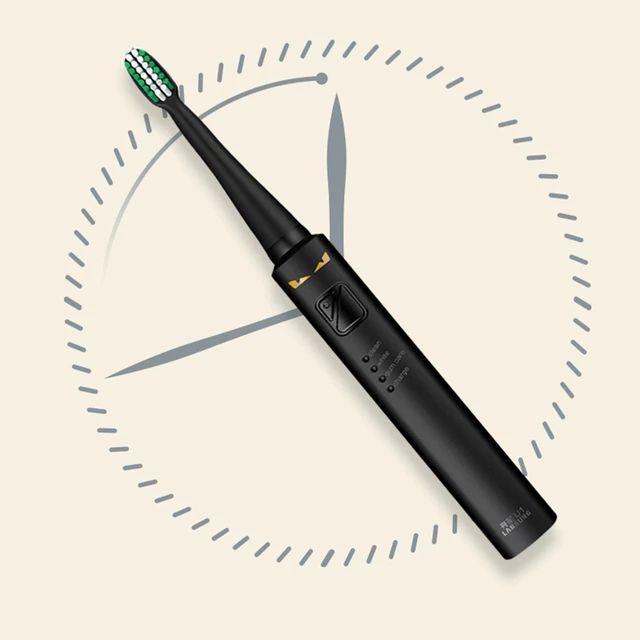Introduction:
The choice between Oral-B and Philips Sonicare electric toothbrushes can be overwhelming, as both brands are well-known and offer a wide range of options. Determining which brand is better depends on various factors, including personal preferences, oral health needs, and specific features desired. In this guide, we will compare Oral-B and Philips Sonicare electric toothbrushes, exploring their key features, performance, user feedback, and areas of distinction. By understanding the differences between the two brands, you can make an informed decision about which electric toothbrush suits your oral care needs.
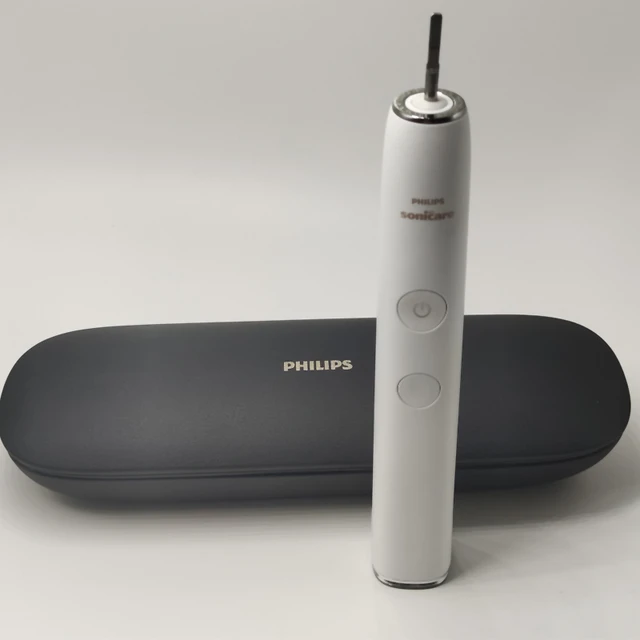
Is Oral-B better than Philips Sonicare?
Key Features and Technologies:
To compare Oral-B and Philips Sonicare, let’s examine their key features and technologies:
a. Oral-B:
Rotating Oscillating Technology: Oral-B electric toothbrushes utilize a rotating oscillating brush head, which moves in a circular motion to effectively remove plaque and debris.
Pressure Sensor: Many Oral-B models feature a pressure sensor that alerts users when they are applying too much pressure during brushing. This helps prevent excessive force and potential gum damage.
Multiple Brushing Modes: Oral-B offers a variety of brushing modes, including daily clean, sensitive, whitening, and gum care. These modes cater to different oral care needs and preferences.
Bluetooth Connectivity: Some high-end Oral-B models offer Bluetooth connectivity, allowing users to connect their toothbrush to a smartphone app for personalized tracking and guidance.
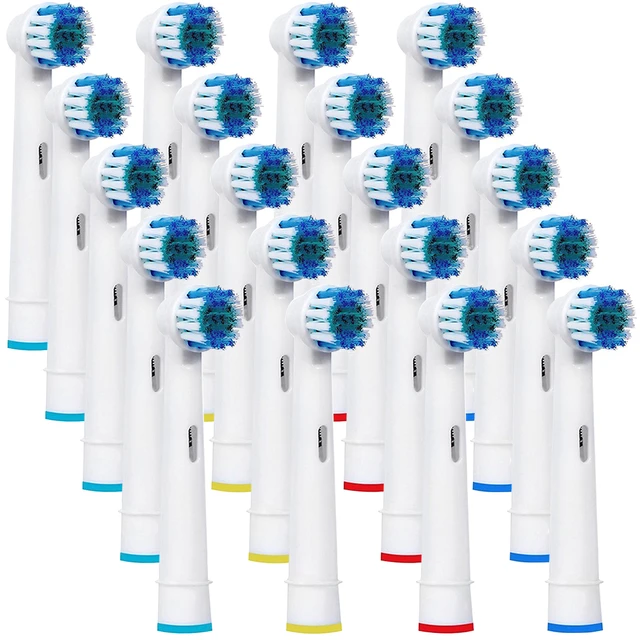
b. Philips Sonicare:
Sonic Technology: Philips Sonicare electric toothbrushes utilize sonic technology, producing rapid vibrations that create dynamic fluid cleaning action. This motion helps dislodge plaque and bacteria from teeth and along the gumline.
QuadPacer and Smart Timer: Many Philips Sonicare models include a QuadPacer and Smart Timer. The QuadPacer alerts users to move to different quadrants of the mouth every 30 seconds, ensuring thorough brushing. The Smart Timer ensures a recommended two-minute brushing time.
BrushSync Technology: Some Philips Sonicare models feature BrushSync technology, which automatically detects the optimal brushing mode and intensity based on the attached brush head. This simplifies the brushing process and ensures the right settings for each specific brush head.
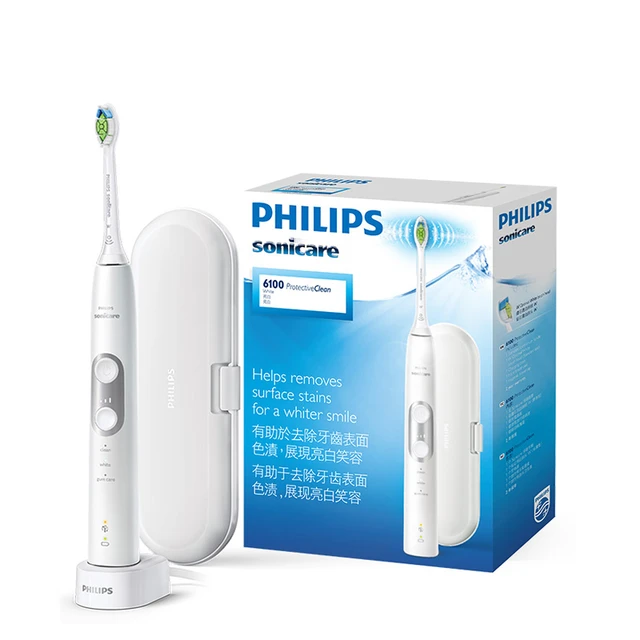
Performance and Cleaning Abilities:
a. Oral-B: The rotating oscillating brush heads of Oral-B electric toothbrushes have been clinically proven to effectively remove plaque and improve oral health. The rotating motion combined with the small, round brush head can reach and clean hard-to-reach areas, making it suitable for those with orthodontic appliances or crowded teeth.
b. Philips Sonicare: The sonic technology used in Philips Sonicare electric toothbrushes generates high-frequency vibrations that create a sweeping motion, effectively dislodging plaque and bacteria. The dynamic fluid action helps to reach areas between teeth and along the gumline, providing a thorough clean.
Both brands have demonstrated their effectiveness in studies and have received positive feedback from users for their cleaning abilities. The choice between the two may depend on personal preferences and specific oral care needs.
User Feedback and Comfort:
a. Oral-B: Many users appreciate the small, round brush heads of Oral-B electric toothbrushes for their ability to clean each tooth individually. The rotating oscillating motion, combined with the smaller brush head, can provide a precise and thorough cleaning experience. Some users, however, may find the rotating motion slightly more abrasive or uncomfortable, especially if they have sensitive gums.
b. Philips Sonicare: Users often praise Philips Sonicare electric toothbrushes for their gentle yet effective cleaning action. The sweeping motion and sonic vibrations create a sensation of smoothness and comfort during brushing. The larger brush head may be preferred by those who desire broader coverage and a more gentle brushing experience.
Ultimately, user comfort and preference play a significant role in choosing between Oral-B and Philips Sonicare, as individuals may have different sensitivities and brushing preferences.
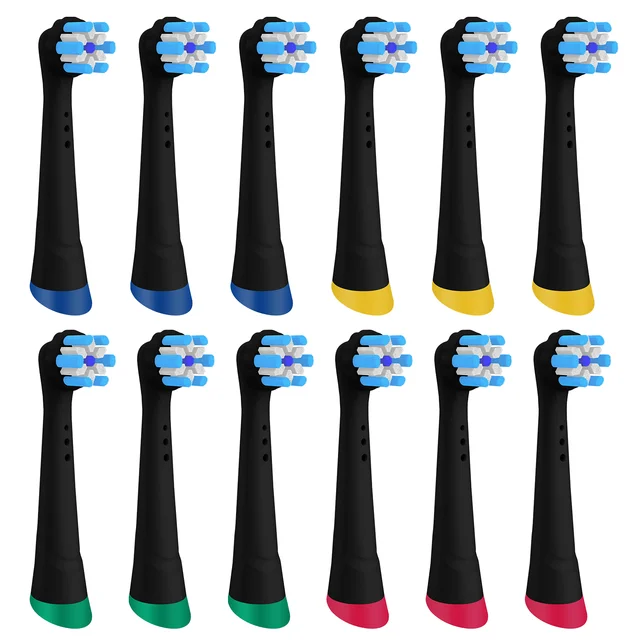
Battery Life and Charging Options:
a. Oral-B: Oral-B electric toothbrushes typically offer rechargeable batteries that can last for several days on a single charge, depending on the model and frequency of use. The charging options vary, with some models featuring charging stands and others offering travel cases with USB charging capabilities.
b. Philips Sonicare: Philips Sonicare electric toothbrushes also come with rechargeable batteries, providing a varying number of brushing sessions per charge depending on the model. Charging options include stands or charging bases, with some models featuring travel cases that can also act as charging units.
The battery life and charging options may vary between models within each brand, so it’s important to consider the specific features offered when making a decision.
Price and Value for Money:
a. Oral-B: Oral-B electric toothbrushes generally have a range of models available at different price points, offering options for various budgets. The availability of replacement brush heads at affordable prices is another advantage for those looking for long-term value.
b. Philips Sonicare: Philips Sonicare electric toothbrushes often fall into a higher price range compared to Oral-B. However, they are known for their durability and longevity, making them a long-term investment. Replacement brush heads for Sonicare toothbrushes may be slightly more expensive compared to Oral-B.
When considering the price and value for money, it’s important to weigh the features, performance, and durability of the electric toothbrushes against the initial cost and long-term maintenance expenses.
Additional Features and Accessories:
a. Oral-B: Oral-B electric toothbrushes offer a range of additional features and accessories, depending on the model. Some options include built-in timers, pressure sensors, travel cases, smartphone connectivity, and compatibility with a wide selection of brush heads for specific oral care needs.
b. Philips Sonicare: Philips Sonicare electric toothbrushes also provide a variety of additional features and accessories. These may include built-in timers, pressure sensors, UV sanitizers for brush head disinfection, travel cases, and compatibility with different brush head options.
When comparing the additional features and accessories, consider which ones are most important to you in terms of convenience, customization, and maintaining good oral hygiene.
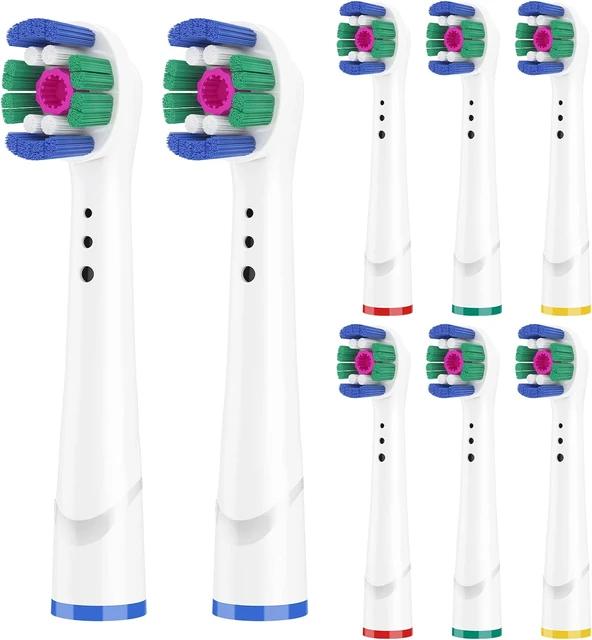
Conclusion:
Both Oral-B and Philips Sonicare are reputable brands offering a wide range of electric toothbrushes with various features and technologies. The choice between the two ultimately depends on personal preferences, oral health needs, and specific features desired. Oral-B’s rotating oscillating technology and pressure sensors may be preferred by those who prioritize precise cleaning and gum protection. Philips Sonicare’s sonic technology and dynamic fluid action may be favored by those seeking a gentle yet effective cleaning experience. It’s important to consider factors such as cleaning performance, user comfort, battery life, and pricing when making a decision. Ultimately, selecting the best electric toothbrush brand involves finding the one that aligns with your oral care needs and provides a positive brushing experience.

